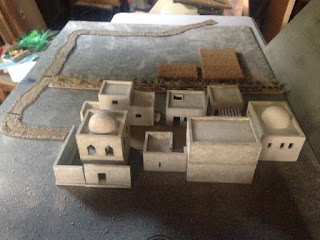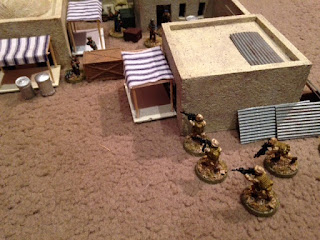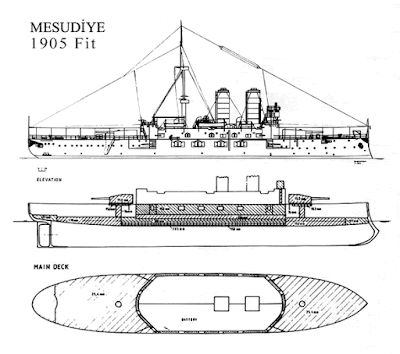The paint I found was an acrylic 'suede finish' in a mid grey. It dries with almost a chalky surface. As mentioned, they were a series of unwanted color post being sold off for $1 a can - bargain. I'd never seen this finish before and I could see the potential for this use.
 |
| Few people would welcome that color sample as being of interest - rich pickings for a wargamer! |
Once it dried, I knocked off the larger pieces of gravel with a scraper, leaving the more sandy textured finish. To this I added a second coat of suede paint - and a coat on the underside to overcome warping.
Leaving that to dry well - I then sponged on some yellow ochre craft paint and then dry-brushed with a 'sand' colored acrylic.
I finished the boards with a spray of a clear varnish I had at hand - the result is fairly good for an unplanned project (which, let's face it, most of mine are!).
I couldn't resist taking a a few pictures of the growing collection of terrain and some of the completed Eureka USMC and Afghani 28mm miniatures. The compound design and technique is thanks to Matakishi. My terrain has a long way to go, but the boards are a huge step up from what I was using!




















































